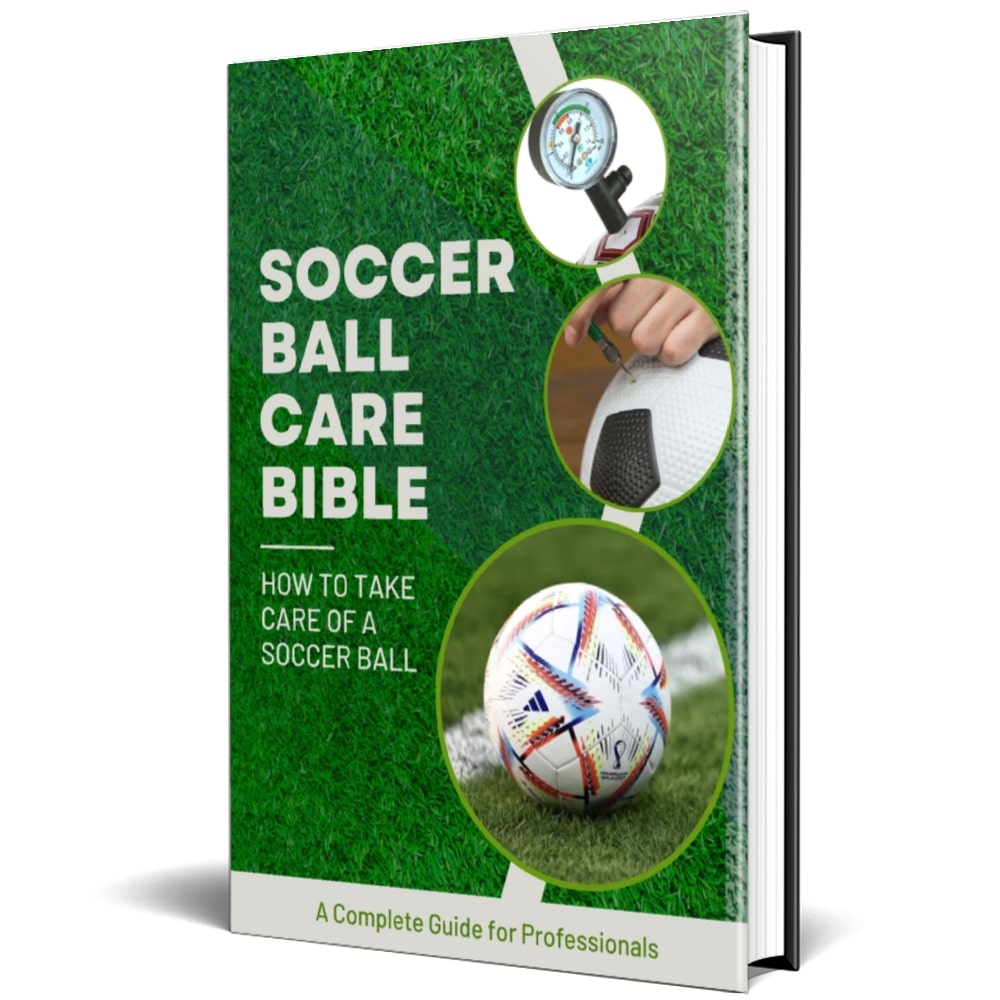With any sort of physical product, a buyer is always looking for maximum durability that will make the item usable for an extended period of time.
Let’s face it, this is exactly how you and I are able to differentiate quality goods from the poorer ones that get left on the shelf.
The mentality that I’ve touched upon also finds its way into our thinking as sports fans, especially for those of us who enjoy casual soccer kickabouts as a leisure activity.
It’s quite simple, we typically expect that soccer balls of the highest quality will give the best utility.
Whereas on the other hand, we also assume – as buyers – that the brands who have acquired a reputation for manufacturing substandard soccer balls will see plenty of product returns, as their goods don’t and aren’t expected to hold up for very long.
So, that in itself raises an important question.
Just how long does a soccer ball last?
Well, I’ll start by laying out the answer for you…
Soccer balls of good build quality should be expected to last for a period of time that ranges between 3 months and a couple of years. However, a soccer ball’s overall longevity is also largely dependent on other factors like the quality of the outer material that’s used in its construction; its use frequency, along with how well it is taken care of after purchase.

Want to test your knowledge on soccer ball care?
Take the quiz by clicking the button below and see just how informed you truly are!
Note - You'll need to enter your email address to see the final results.




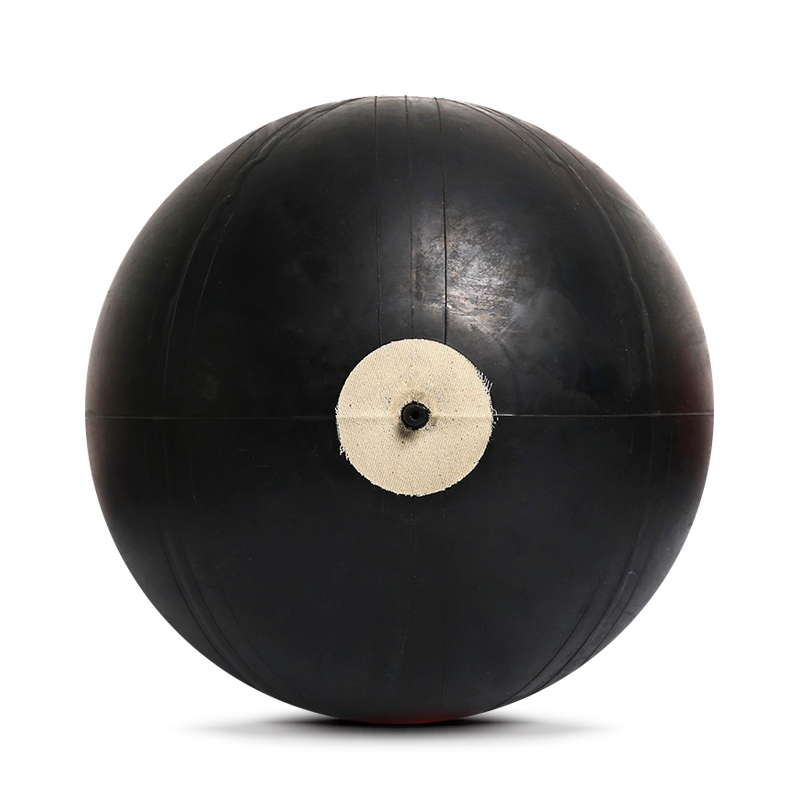

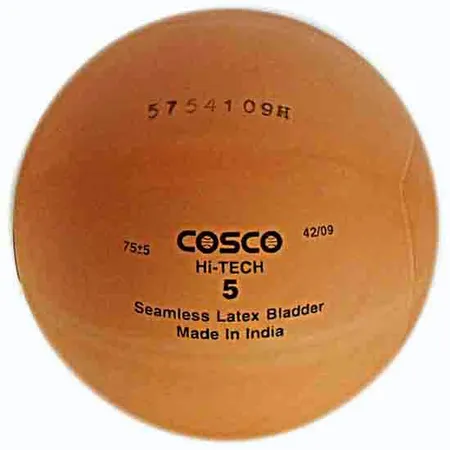

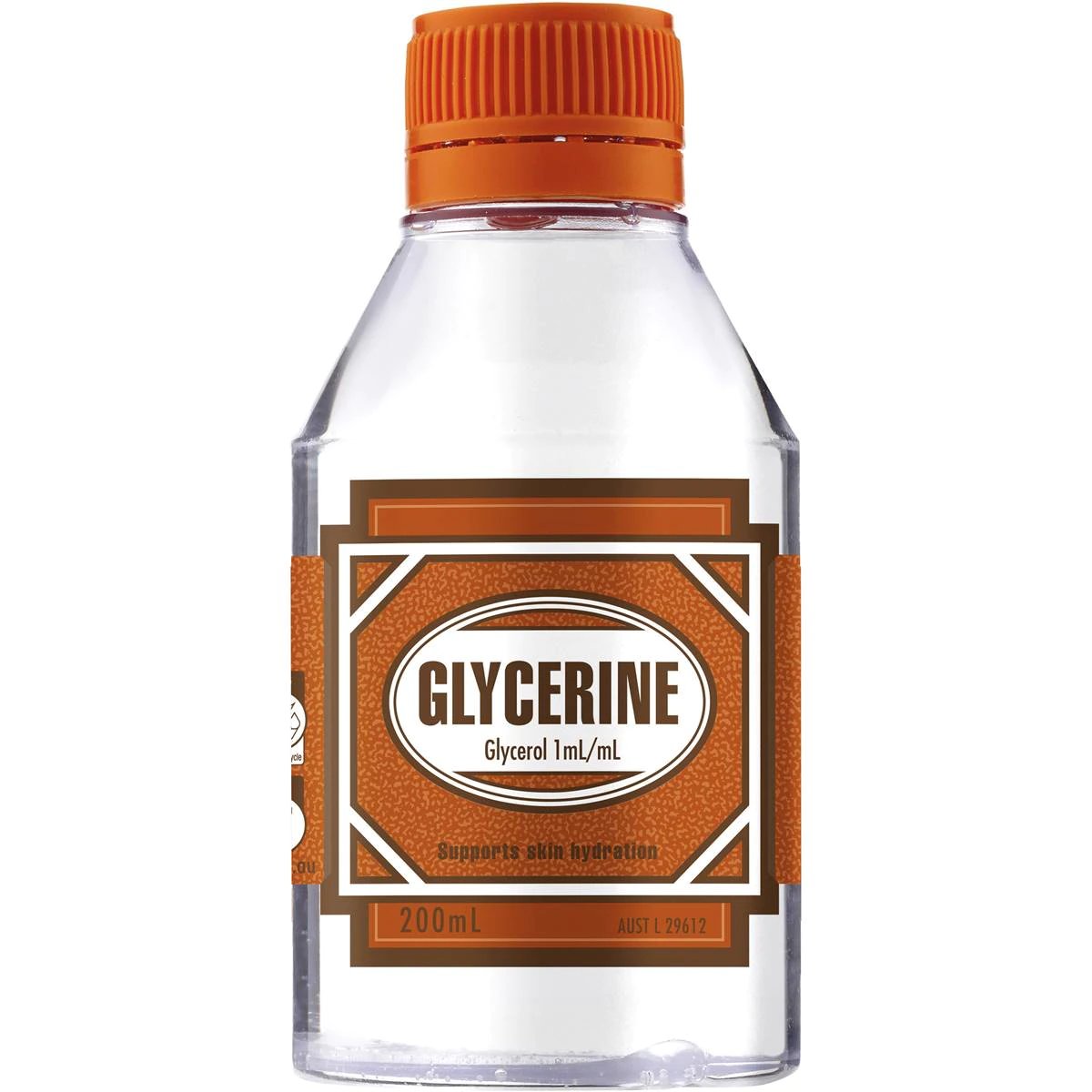
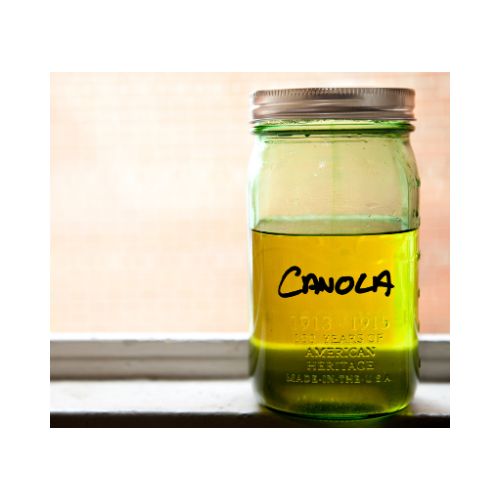










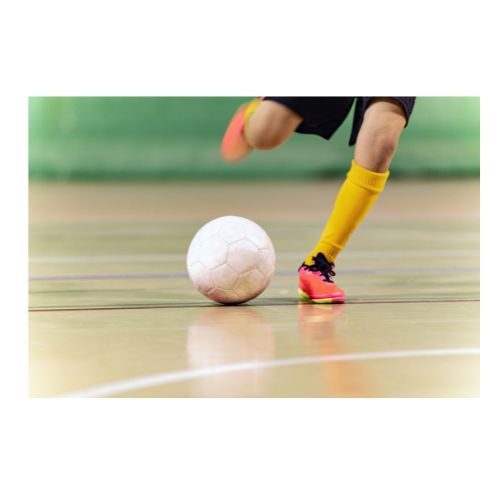



That makes sense, right?
If the explanation above remains unclear to you, I’d suggest that you read on to gain a better understanding of what plays a part on a soccer ball’s lifespan.
Let’s get started then…
What are the factors that affect a soccer ball’s longevity?
The amount of play time that you will be able to eke out of a soccer ball is almost entirely dependent on the elements that I’m about to discuss.
You see, even a bullet-proof or solid steel soccer ball can’t be expected last for a very long time if its owner uses it carelessly.
Anyway, I’ll now dig into some the things that affect soccer ball longevity.
1. Outer material
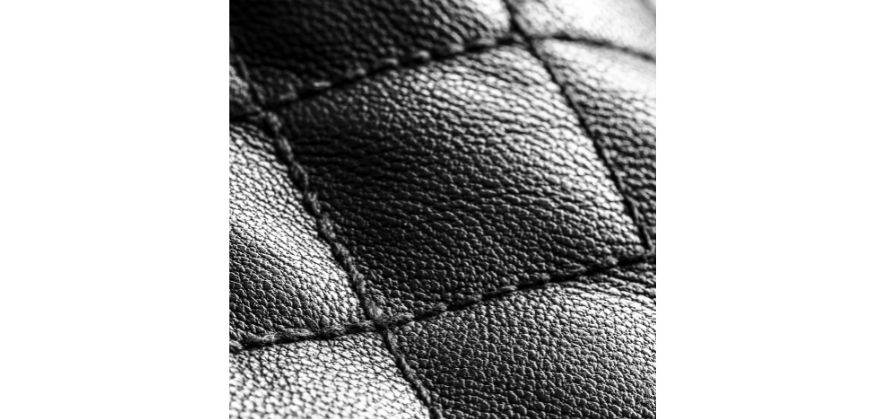
What is arguably the biggest factor when it comes to determining how long a soccer ball will last on different playing surfaces is the outer material construction.
Because soccer balls hold air within them in order for them to function properly, materials that are able to prevent piercings or punctures from occurring will directly influence how long these objects are able to be enjoyed.
Rubberized outer covers are considered as better equipped than synthetic leather for use on rough soccer surfaces, because the substance is more capable of handling the grazes and abrasions that come with contact from these environments.
It’s really that simple.
So, if I were you, I would take a note of what components have been used in a soccer ball’s construction before proceeding to purchase one.
Furthermore, I wouldn’t even just consider the outer shell.
I’d also weigh up the benefits and drawbacks of going for a ball with a butyl bladder over a latex one.
2. Frequency of use
Another point that is likely to have an influence on how long your soccer ball lasts is your own use frequency.
If you’re a player that likes to have a kickabout with friends on every other day, then it’s only reasonable to expect that your soccer ball is unlikely to last as long as another person who has the same ball but only plays with theirs over the weekend.
When you play a competitive soccer game, a number of different things could happen to your ball.
Here’s a list of scenarios that could hamper the soccer ball lifespan:
- The ball accidentally lands in a thorny bush area that pierces its outer material surface
- A well struck shot hammers against the hard metal frame of a goal post
- It rolls along puddles of water when used in the rain
By limiting or restricting the soccer ball’s use over the course of a certain time frame, you may be able to avoid some the pitfalls brought about by the aforementioned playing situations, which should serve to extend the useful life of your ball for a while longer.
But let me give you one piece of advice…
Use your soccer ball as much as you want to!
At the end of the day, the reason why you buy the best soccer ball in the first place is to play interesting games with it and get the greatest possible amount of enjoyment out of it.
3. Aftercare
One of the biggest mistakes people make that shortens the lifespan of their soccer ball is in how they take care of it.
A soccer ball can actually be likened to a car.
This is in the sense that, if you don’t service your vehicle and maintain it with regularity, then the distance or mileage that it will be able to cover before breaking down won’t be very high.
In the same vain, a soccer ball won’t be able to give you the amount of utility that you expect or require if you don’t look after it.
So, I want you to be proactive and take the first steps by storing it correctly and gently cleaning it after each play session.
Naturally, this point leads me on to the ways in which you can prolong the useful life of your soccer ball.
Tips for getting a soccer ball to last longer
Everyone wants to get the best bang for their buck when it comes to product purchases.
In the case of soccer balls, you can extend their usefulness by following a couple of suggestions…
Avoid sitting or standing on the ball
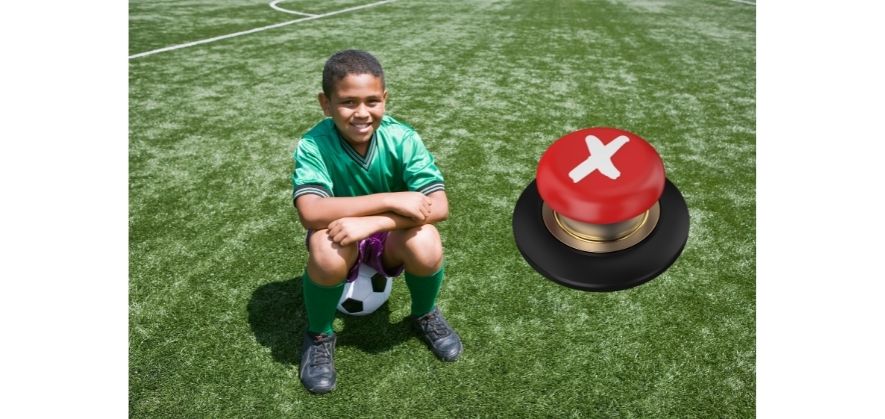
One of the habits that can be quite detrimental to the lifespan of a soccer ball is the act of sitting or standing on it during periods where it’s not in competitive use.
Be honest with yourself…
You’ve probably seen someone sitting on a soccer ball as a way of catching their breath after they’ve physically exerted themselves.
Sometimes, a spectator may come to watch a game taking place and after realising that there are no spare seats available, they simply grab a soccer ball and use it as a chair instead!
As a matter of fact, you may have even sat on one yourself!
In other cases, you may spot someone standing on a soccer ball because they’re trying to:
- test their balance
- see how long they can plant themselves on top of it before falling over
- look cool in front of their friends
And logically, those things make sense because standing on it is quite difficult!
After all, being able to perform an action that not many people can pull off is usually seen as impressive.
Unfortunately, the downforce of weight applied to the ball is so severe that when it is sat or stood on for a period of time, this extra mass is too much for the object to handle.
Therefore, you shouldn’t be surprised to see the ball lose its spherical shape through deformity after such damage has been inflicted a handful of times.
Remove any sharp objects from the playing field
The second tip that I can give you is to carefully inspect the playing surface before you let your soccer ball roll on it.
It only takes a couple of minutes with a group of friends to scan the ground for any pointy objects such as pins, needles or even sharply curved stones.
And I’ll tell you this…
Using rocks as goal posts is far from ideal!
When I was growing up, me and my friends never had the luxury of being able to afford to use standard-sized goal posts or play on lush green grass.
The obvious downside here was that our soccer balls never used to last very long, because once they hit the rocks, the outer material surface would be grazed and over time these frequent abrasions would wear the cover out and eventually puncture the ball.
Inflate the ball to the correct pressure level

The manufacturers of today are kind enough to tell us what pressure level is needed for each soccer ball that they produce.
I have a useful soccer ball pressure guide that can help you determine the amount of air needed for the different soccer ball sizes, so have a look at that if you need to.
So, you’ll want to have a read of that, take a note of the desired pounds-per square inch (psi) level and then pump up your soccer ball with either a manual soccer ball pump or an electronic one.
This aspect is quite important for soccer ball longevity and I’ll briefly explain why.
First of all, too much pressure places unnecessary strain on the inner bladder and lining of the ball, as well as making it uncomfortable to kick.
Whilst on the other hand, a soccer ball containing an inadequate amount of air pressure will really struggle to lift off the ground or roll along it.
Only use it on soft surfaces
Finally, I would also suggest limiting its use to surfaces that are soft and purpose built for soccer games.
This includes:
- Natural grass fields
- Synthetic grass like 3G and 4G pitches
- Indoor arenas
When I was little, me and my friends had to make do with rough and abrasive concrete surfaces that really reduced the “shelf-life” of our soccer balls.
That sort of surface was all we had available to us at the time, but it definitely resulted in a lot of damage and additional ball replacement expenses!
How long does it take for a soccer ball to decompose?
Just so you know, a soccer ball would decompose after a very long time!
According to a website called Wonderpolis – that focuses on answering questions that relate to people’s own natural curiosity about elements of life – any sort of petroleum-based plastic would take approximately 500 to 1000 years to decompose in a landfill.
By extension, I would therefore expect a soccer ball to take a similar amount of time to decompose due to the fact that they are man-made with synthetic leather nowadays.
This is backed up in another article here which quotes 500 years.
But soccer ball biodegradability and eco-friendliness are topics for another day!
Closing thoughts
Before I start to bore you, I’ll end the article with a quick recap…
A soccer ball should generally last between a couple of months and a few years, with their lifespan quite dependent on things like the sturdiness of their outer material, how well they are taken care of as well as how often they are used for soccer games and other leisure activities.
If you need some extra guidance on making your soccer ball last longer, check out our comprehensive guide on how to take care of a soccer ball.
Finally, before you go, you should check out our eBook on Soccer Ball Care.
Within this monster of a resource, we tackle all there is to know about looking after a soccer ball and maximising its useful life right from when you purchase this type of product.
This eBook covers a plethora of different topics, such as:
- soccer ball construction;
- inflation and pressure management;
- cleaning and maintenance;
- soccer ball storage; and
- how to extend the useful life of your ball
In just a couple of hours, you’ll have more knowledge on what is good and bad for your soccer ball than you could ever fathom!
You’ll learn how to inflate your soccer ball to the correct level of air pressure based on the size of ball you have, as well as know how to clean and store your soccer ball properly after games.
But I don’t think there’s anything better than being able to effectively troubleshoot problems with your soccer ball and fix them yourself!
So, you can finally take care of your soccer ball for many months to come, which without a doubt will save you time and money as won’t be searching for and buying a replacement any time soon.
With just one click…
Grab yourself a copy right now for only $29!
If you enjoy the content that I create and would like to buy me a coffee, then I’d really appreciate it!
Any money that I earn through this donation will be re-invested into more content for this website.
Additionally, by sending in a donation you’ll also receive a copy of my recently released 190+ page eBook on Soccer Ball Care, as well as be subscribed to our mailing list where you’ll be regularly informed on the latest developments concerning the Soccer Whizz blog.
- Future Icons: Europe’s Emerging Midfield Maestros Set for Glory - December 4, 2023
- Kickstarting a Revolution: How Soccer Transformed the United States Over the Last Four Years - October 7, 2023
- 4-1-4-1 Soccer Formation [Analysis] - September 23, 2023

